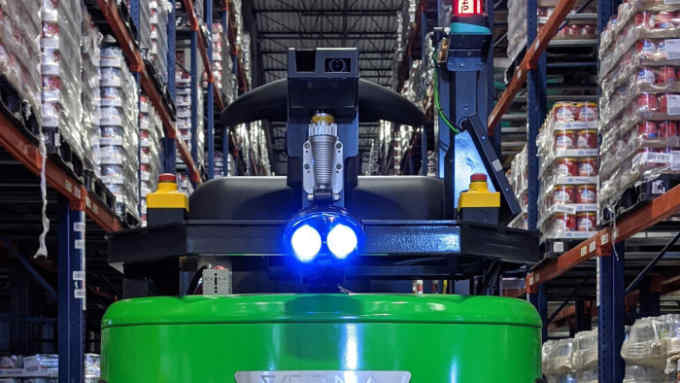AI ‘only scratching the surface’ of potential in financial services

Simply sign up to the Artificial intelligence myFT Digest -- delivered directly to your inbox.
Financial services companies are becoming hooked on artificial intelligence, using it to automate menial tasks, analyse data, improve customer service and comply with regulations.
About half of financial services and insurance firms globally already use AI, according to a 2019 study by research group Forrester, and that number is expected to grow as new uses are found for the technology.
“We are only scratching the surface of the potential that AI has for the industry,” says Katherine Wetmur, Morgan Stanley’s international chief information officer.
Financial institutions already use AI to analyse stock market data and machine learning to improve fraud detection — technology that Jamie Dimon, chief executive of JPMorgan Chase, last year said saves the US bank $150m annually.
Another US bank, Morgan Stanley, also uses AI for fraud detection, virtual assistants for customer inquiries and for “sentiment analysis”, which measures how positive or negative an analyst is about a company stock.
As AI improves, chatbots will sound more lifelike and better understand human communication, helped by natural language processing technologies, according to Ms Wetmur.
Customers of Chinese insurer Ping An who are in a vehicle accident can use its AI-powered smartphone app to take a picture of the crash and receive an insurance quote for repairing damage within three minutes.
The app instructs the customer which pictures to take — for example, identifying the car, damage and accident location. It verifies the car owner’s identity and that they are a legitimate customer, before giving a repair quote.
“We are able to give a very, very accurate repair estimate,” says Jonathan Larsen, Ping An’s chief innovation officer.
Insurers are also using AI to analyse large amounts of data and identify connections and anomalies, simplifying an insurance agent’s task of determining whether a claim may be fraudulent.
“It takes AI to find the patterns of similar claims behaviour in large sets of disparate historical data, identify the statistical anomaly of accident likelihood based on geolocation data, and make those connections a single human claims professional may never see,” says Jeremy Jawish, co-founder of Shift Technology, a French software company specialising in AI for insurers.
For smaller fintech companies such as Ireland’s Trezeo, AI is used to tailor services to customers’ needs. The company uses AI to analyse customers’ income and outgoings — mainly self-employed people working in the “gig economy” — to help them manage their finances.
“[Trezeo’s AI] understands your typical income pattern, for example busy periods for an Uber driver, and can smooth your income by setting aside income from your busy time when you earn more for quieter periods,” says Oliwia Berdak, a financial services expert at Forrester.
AI is also being combined with internet-connected devices to automate payments. FINN, a start-up created by Dutch bank ING, embeds its payment software in sensors within devices such as cars, lockers and coffee machines.
Smart devices make autonomous payments based on a pre-determined trigger — for example, when a car passes through a toll gate or when a coffee machine needs its beans restocked. FINN charges customers a monthly fee and an additional payment each time its service is used.
Experts believe that while AI technologies including machine learning, robotic process automation and “natural language understanding” will soon be utilised in more aspects of financial services, the technology has its limits.
“We are not at the level yet where machines [have] the equivalent [intelligence] of humans,” says Chris Skinner, a financial services consultant and author. “But [AI] is getting more and more advanced every day.”
In future, Morgan Stanley’s Ms Wetmur believes “[AI] will become more accessible, more democratised and more standardised” as its computer code becomes freely available as open source technology.
However, when AI can to handle complex tasks previously performed by humans, job losses are inevitable, experts say.
“Most trading and investment roles will disappear and over time, probably most roles that require human services will be automated,” says Mr Skinner. “What you will end up with is banks that are run primarily by managers and machines. The managers decide what the machines need to do, and the machines do the job.”

Comments